Eri Yaegashi draws inspiration from the creative freedom that exists in Tokyo, writes, Laura Fitch.
TOKYO IS A CITY THAT’S KNOWN FOR its style. The metropolis has spawned artists and designers of international fame and boasts some of the most architecturally creative buildings in the world. But for every Hanae Mori or Hiroshi Sugimoto, there are thousands of struggling artists that have been lured to Tokyo in the hope of making it big.
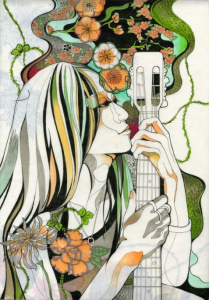 Meet Eri Yaegashi, a 22-year-old artist hailing from small-town Iwate in northern Honshu. This shy but undeniably talented young artist works at a graphic design company during the day and draws at night. Her work has a very simplistic quality that reminds one of more traditional Japanese art in terms of colors and lines, crossed with more modern images. If she’s on a roll, she creates about one new piece a day.
Meet Eri Yaegashi, a 22-year-old artist hailing from small-town Iwate in northern Honshu. This shy but undeniably talented young artist works at a graphic design company during the day and draws at night. Her work has a very simplistic quality that reminds one of more traditional Japanese art in terms of colors and lines, crossed with more modern images. If she’s on a roll, she creates about one new piece a day.
Yaegashi has been drawing since she was a small child, discovering her talent after a teacher asked the students to draw their impressions of a book for a report instead of writing them. She found drawing created a way for her to communicate her thoughts and her feelings, and although she’s tried many other things, drawing is the only activity she has never grown tired of. After high school, she moved to Tokyo and enrolled in a graphic design school.
One of the problems for artists living in small-town Japan, Yaegashi notes, is the emphasis on conformity. When she goes home to visit, at times she has to tone down her wardrobe and be more careful about what she says. In Tokyo, the sheer size of the city renders everyone anonymous and therefore able to do what one likes worrying about what the neighbors will say. She notes that others like herself come to Tokyo from all over Japan to find a place where they can express themselves more freely. It is the resulting jumbled patchwork of ideas that Yaegashi finds inspiring.
In the future, she hopes to make her living from her art and is currently in the process of forming an art group, a common occurrence among young, struggling artists in Japan. The members hail from differing backgrounds and they use their group status to support each other as much as they can, both creativity as well as monetarily.
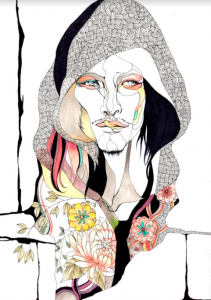
In Tokyo, Yaegashi says, it can be hard to find a space that can – or is willing to – exhibit the work of unknown artists and renting a gallery is prohibitively expensive for one artist to shoulder alone. Yaegashi and Ci recently held a five-day exhibition in uber-trendy Jiyugaoka in a gallery the size of a tiny coffee shop and were charge ¥150,000 fir the privilege. She says it’s rare for people to buy her work at these smaller exhibis and at the very most one can hope to break even. At the end of the day, such exhibitions are generally inspired by love and not profit.
Art groups can dis hand just as easily as they came together in the first place, but Yaegashi is optimistic about her alliance. She says the group’s members are all looking in the same direction, adding that it is better to try and fail than regret not trying later.
For the moment, she is showing her works in two small shops – at Ark Contemporary Gallery in Daikanyama (tel: 03-5728-4474, wed: www,daikanyama-ark.com) and at Haco Studio in Shimokitazawa (web: www3.point.ne.jp/~haco/top.html) – and has scheduled an exhibition in Shinjuku at the end of February and the first week of March (see below).
Acting on advice from a previous teacher, Yaegashi is determined to stick to doing her art her at least 10 years to see where it takes her. In the meantime, she will continue to work for money and do her art for free, hoping that the future will see these two revered.
Story by Laura Fitch
From J SELECT Magazine, March 2006

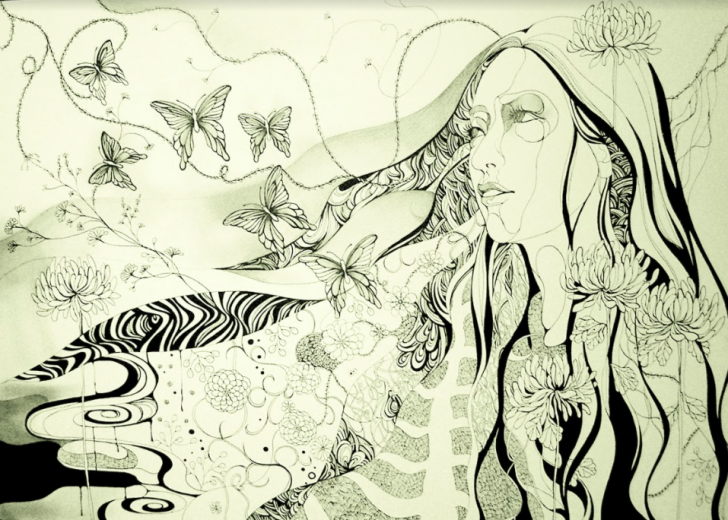

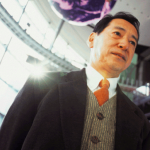
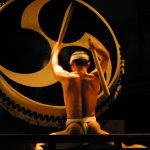
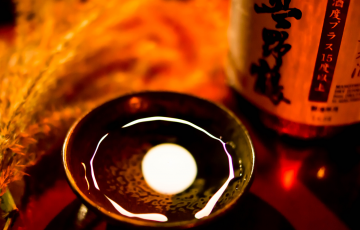
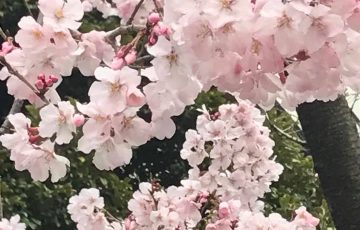

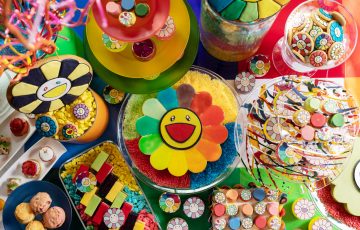
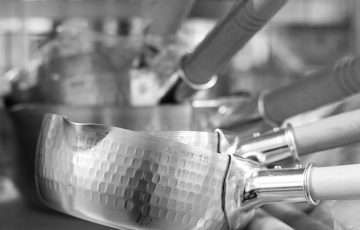
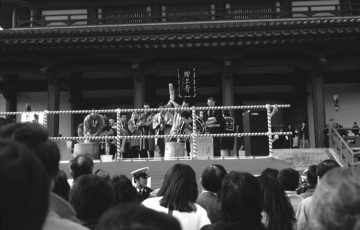
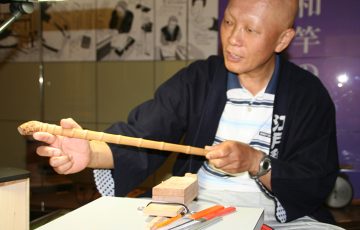
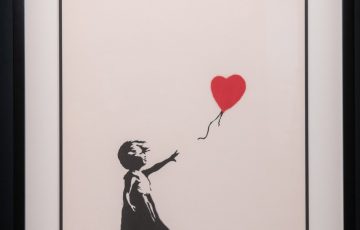


Recent Comments